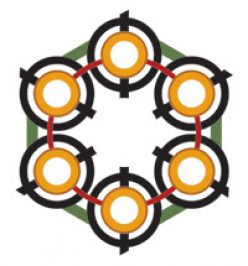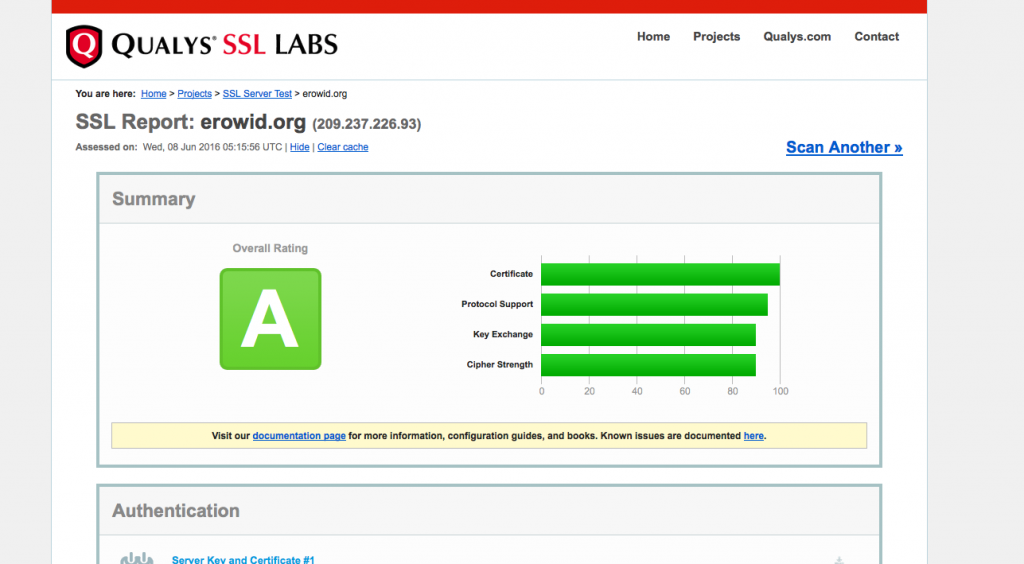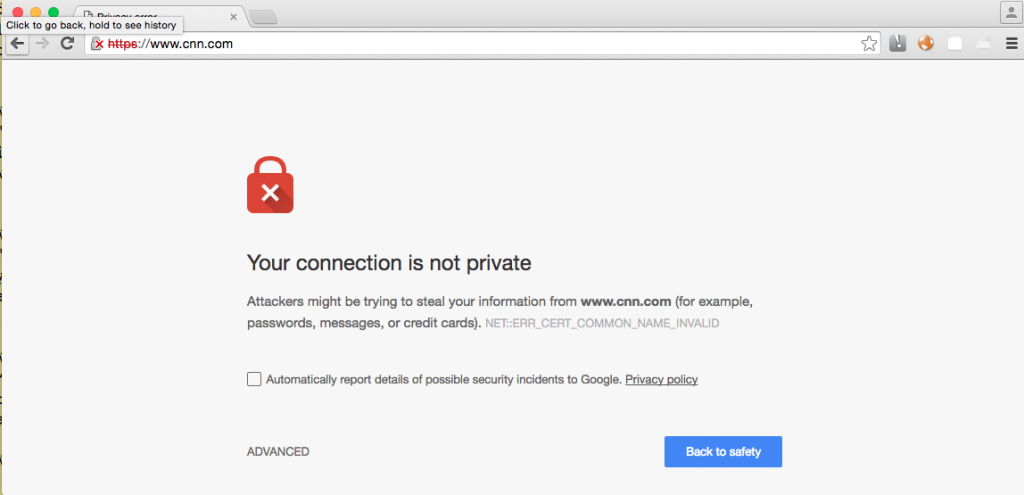Summary: Added a new field “Date Published” to Experience Reports and moved all code over to use that instead of “Date Reviewed”. If anyone sees errors in the Experience Vault lists or What’s New, please let me know.
tl;dr
Changes to the Experience Vaults are hard because I wrote the code for almost all of it back in 2000 and then a major update in 2004. All written in ancient Perl that’s extremely fragile and a pain to set up as a development environment. On the plus side, it mostly works.
As a preliminary step towards a couple of other new features for crew and public, yesterday I added the very obvious “date published” field. We’d been skating by using Reviewed Date (the date that the first reviewer edited the report and marked it ready to be live) as the date published. But there are lots of reasons why one doesn’t want to have a single value for editing history and publication date. So, editing history is now properly just editing history and we don’t have to jury-rig and falsify the editing date in order to have the date of publication be correct. woo. :]
Date published is now the primary sort.
It’s a tiny update, but because of the complexity and fragility of the old code, the perl library I chose to use was failing in weird ways and it took five hours to debug to the point where I realized I could solve the problem by moving the logic out into a separate library (namespace) and it all magically just started working.


